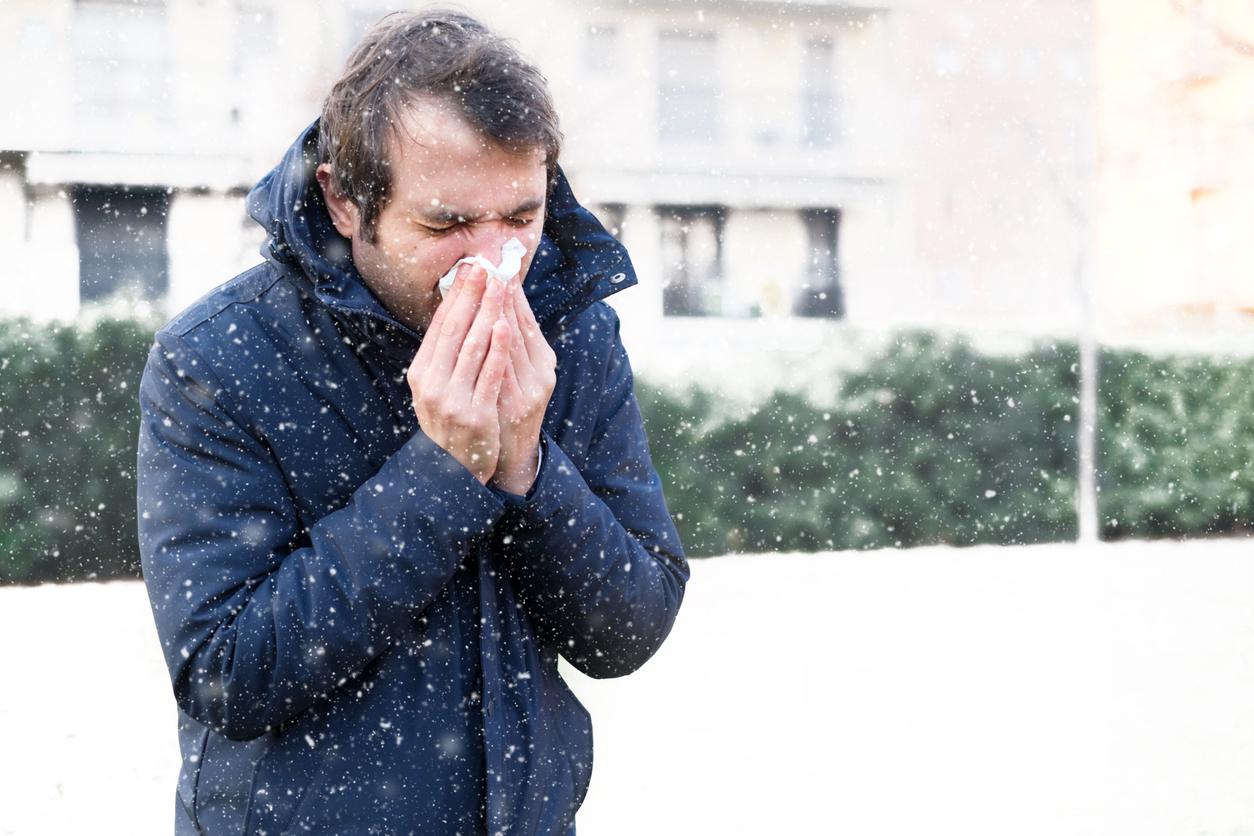Emergency department visits for illnesses involving all three major respiratory viruses declined last week, but the US Centers for Disease Control and Prevention (CDC) said today that changes in holiday-related health seeking behavior may have played a role in the downward trend.
In its latest data updates today, the CDC said the bigger picture reveals that levels remain elevated or increasing across the country for flu, COVID, and respiratory syncytial virus (RSV) and that it will continue to closely track the indicators.
Though hospital occupancy remains stable, some areas are reporting local strain on facilities, fueled partly by recent increases in respiratory illnesses, the CDC noted in its latest respiratory virus snapshot.
Flu markers dip, but child flu deaths rise
After several weeks of rises, some flu markers dropped last week, including the percentage of outpatient visits for flulike illness, the percentage of flu-positive respiratory samples at clinical labs, and hospitalizations, the CDC said in its weekly FluView report. "CDC will continue to monitor for a second period of increased influenza activity that often occurs after the winter holidays."
Though outpatient visits for flu declined, they remain above the national baseline and above all 10 regional baselines. Also, weekly hospital admissions for flu showed a slight drop.
Thirteen more pediatric flu deaths were reported, raising the season's total to 40. The deaths occurred between early December and the first week of January. Six were linked to influenza A, and, of two subtyped samples, one was 2009 H1N1 and the other the H3N2 strain. Seven deaths involved influenza B, and, of three with lineage determined, all were Victoria viruses.
Deaths from flu across all age-groups rose slightly, making up 1.3% of all of the nation's fatalities last week.
COVID wastewater levels highest in South, Midwest
After weeks of steady rises in COVID markers, some indicators stabilized or declined last week, the CDC said in its data updates and respiratory virus snapshot. The main severity metrics—hospitalizations and deaths—still rose last week, but at a slower pace. Hospitalizations increased 3%, and deaths were up 14.3%.
Among early indicators, test positivity decreased very slightly and was at 12.7% nationally and was highest in the Northeast. Emergency department (ED) visits declined 13.1% compared to the previous week. The CDC added that ED rates are highest among infants and older adults, but are also elevated for young children.
Wastewater levels, another early indicator, are still very high, with all regions showing high and increasing levels that are highest in the South and Midwest. "There are early indications that wastewater activity levels are slowing their rate of increase in the Midwest and Northeast," the CDC said in its respiratory virus snapshot.
RSV hospitalizations rise in seniors
RSV activity remains elevated, especially in young children, the CDC said. Test positivity for the virus remains stable, but levels are declining in some regions.
Hospitalizations levels for RSV are still elevated for young children and are on the rise in older adults. And deaths from RSV, as well as for COVID and flu, remain highest in people ages 65 and older.
The percentage of adults ages 60 and older who have received the RSV vaccine is at 20.1%, the CDC said.




















